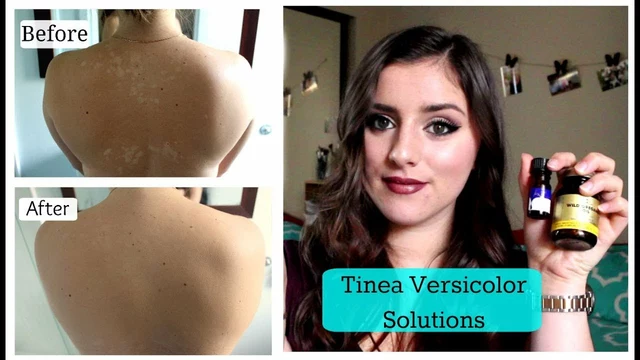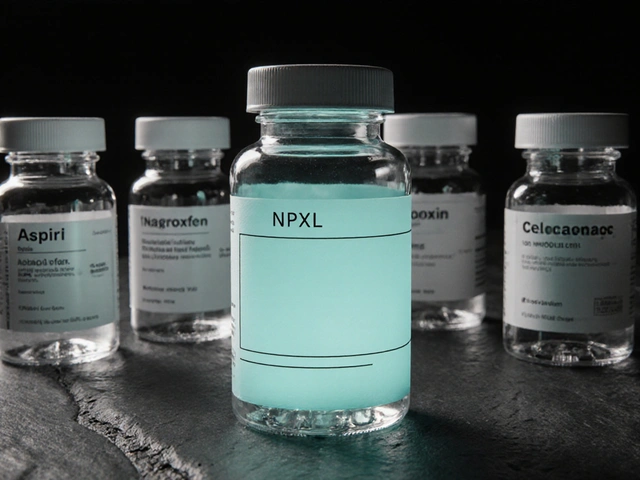Treatment Effectiveness: Simple Ways to See If Your Medicine Is Working
Ever wonder if the pill you take actually does what it promises? You’re not alone. Most people stop at the prescription label, but real results come from watching how your body reacts day by day.
Measuring Real-World Results
The first step is to set a clear goal. Is it lower blood pressure, fewer migraine attacks, or smoother skin? Write that target down and track it. A quick spreadsheet or a notes app works fine – just log the numbers you care about.
Next, give the treatment enough time. Some drugs need weeks before they show benefits; others act within hours. Check the drug’s typical onset period in the info sheet, then stick to that timeline before judging success.
Don’t ignore side effects either. Mild nausea or a slight headache might be a sign your body is adjusting, but severe reactions mean you should talk to a doctor right away. Balancing benefits with tolerable side effects is part of effectiveness.
Tips to Boost Treatment Success
Take meds exactly as prescribed. Skipping doses or changing the schedule can throw off the whole picture and make it look like the drug isn’t working.
Combine treatment with healthy habits. Eating right, staying active, and getting enough sleep often magnify a medication’s impact. For instance, blood‑pressure pills work better when you cut back on salty foods.
Keep communication open with your healthcare provider. Share your logs, ask if dosage tweaks are needed, and let them know about any new symptoms. A short visit can turn vague results into solid progress.
If after the expected period you still don’t see improvement, consider alternatives. Sometimes switching to a different drug or adding another one boosts effectiveness without extra hassle.
Finally, trust your gut. You know how you feel better or worse. Pair that intuition with data, and you’ll have a clear picture of whether the treatment is truly effective for you.
Home Remedies for Yeast Infections of the Skin: What Works and What Doesn't
As a blogger, I've recently explored home remedies for yeast infections of the skin, and I've found that some work better than others. One effective solution is applying plain yogurt directly to the affected area, as it contains probiotics that can help restore the natural balance of good bacteria. Another helpful remedy is using garlic, either by consuming it regularly or applying a paste to the skin. However, I've noticed that some remedies, like douching with vinegar, are not as effective and may even cause more harm than good. Overall, it's important to do your research and consult a healthcare professional before trying any home remedies for yeast infections.
About
Health and Wellness
Latest Posts


Statins and Exercise: How to Prevent Muscle Injury While Staying Active
By Orion Kingsworth Dec 25, 2025

NPXL vs Alternatives: In‑Depth Comparison of Top Pain‑Relief Options
By Orion Kingsworth Oct 16, 2025

FDA Safety Alerts: Understanding Communications About Generic Drug Problems
By Orion Kingsworth Nov 7, 2025

